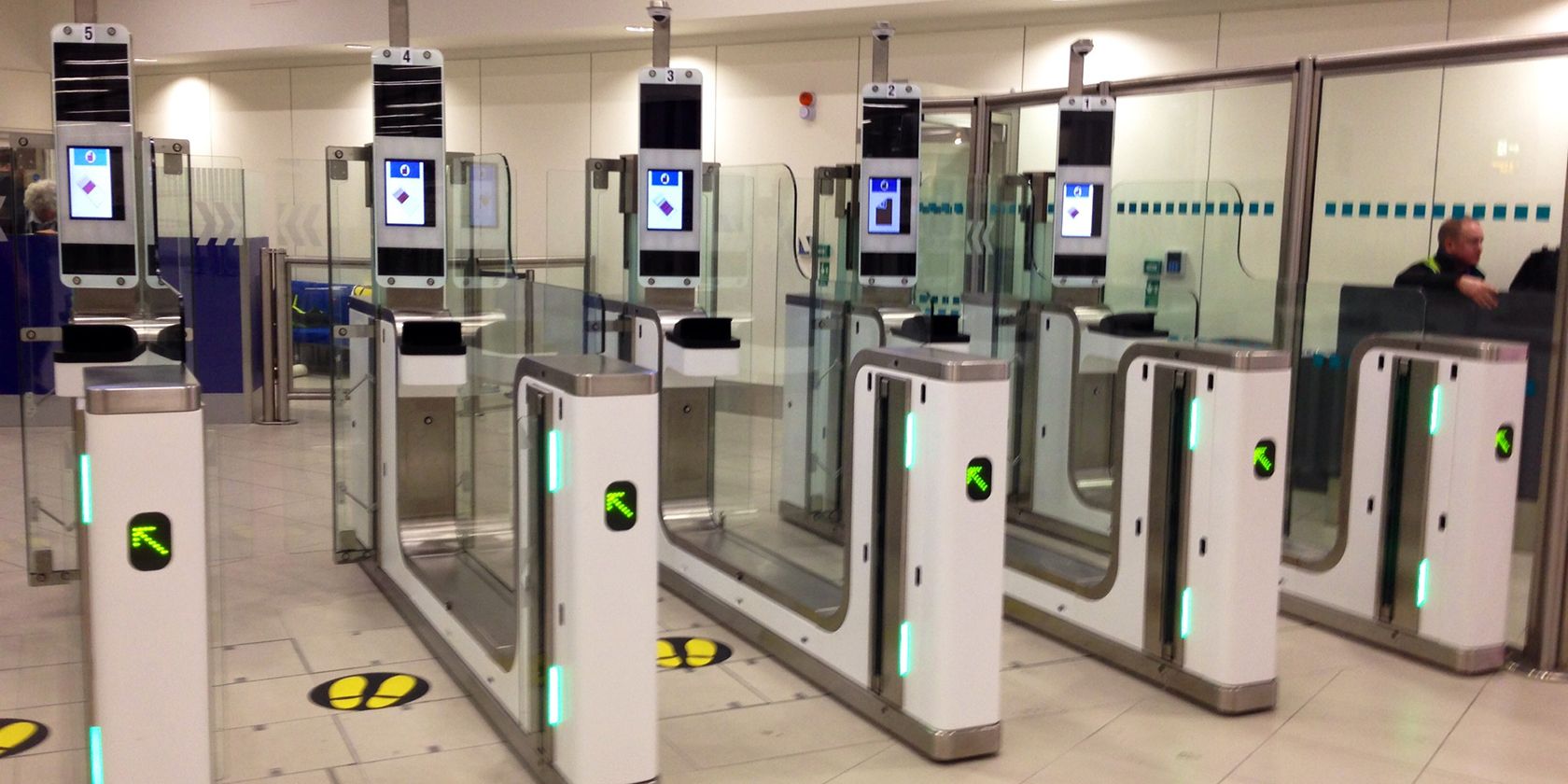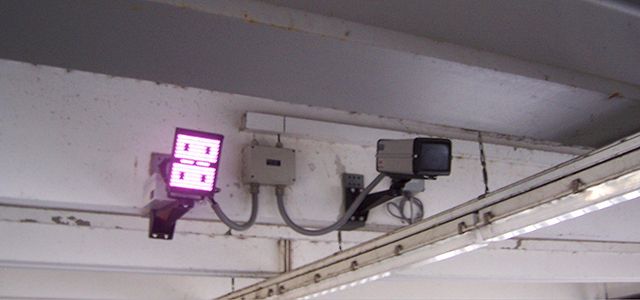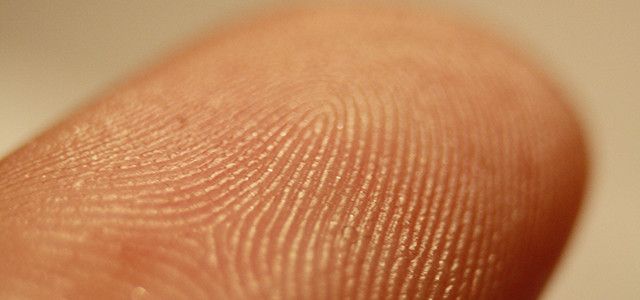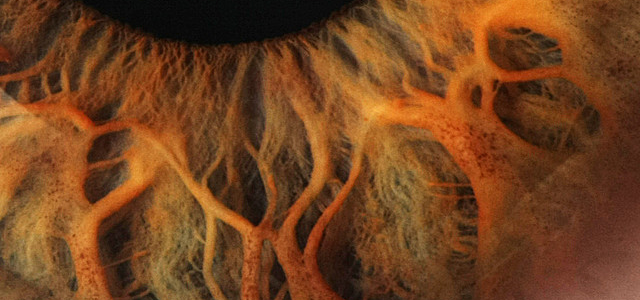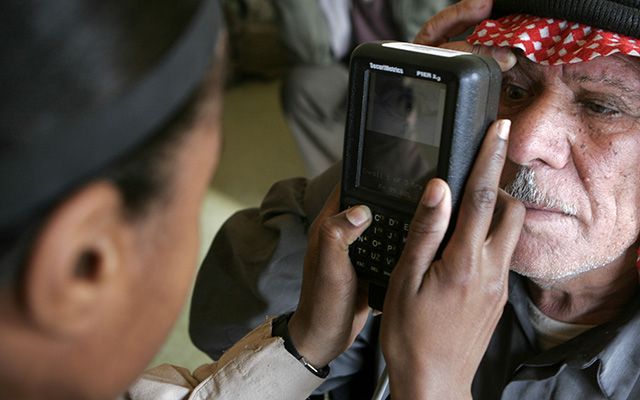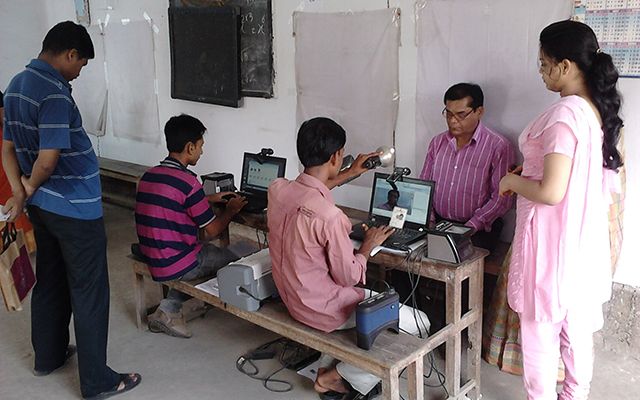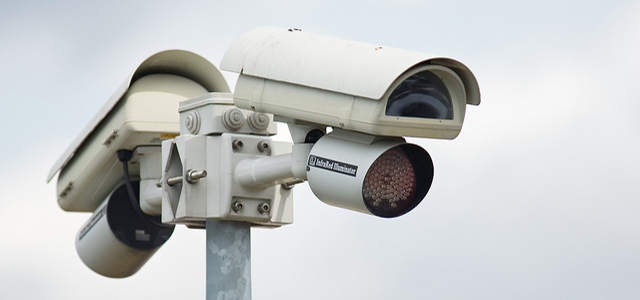Biometric security devices were long held ideals in science fiction movies that seemed plausible enough to actually happen, but a little too far-fetched for real world application.
While law enforcement, and high-security facilities have been using biometric identification for decades, we're now living in a world that is making a real push toward biometrics for both identification and access-based technology in consumer goods.
This push is bleeding into consumer markets in the form of fingerprint scanners for automobiles, laptops and mobile devices, facial recognition technology in computer software, and iris recognition used in ATMs in some corners of the globe.
Biometrics - it seems - are the new password; but adoption is hindered by shortcomings in technology, as well as pricing dynamics and other factors.
In a groundbreaking paper from 1999 titled, "Biometrics Personal Identification in Networked Society", three researchers (A. Jain, R. Bolle, and S. Pankanti) set out to find the factors that would determine the future viability of biometric security devices. In their findings, they detailed seven key factors to help make this determination.
- Universality
- Uniqueness
- Permanence
- Measurability
- Performance
- Acceptability
- Circumvention
These seven traits, along with pricing considerations are what set the wheels in motion for widespread manufacturer, and ultimately, consumer, adoption of biometrics as a real world security solution that exceeds the bounds of the common password.
Various Biometric Methods and Their History
Biometric data typically falls into one of two classifications: physiological or behavioral. Physiological technologies rely on things that you are born with, and that all (or most) humans possess, such as: their voice, distinct patterns in the hands or eyes, as well as a specific scent or genetic markers that make humans distinguishable from other species and identifiable within their own species.
Here are a few examples of some of these technologies.
Facial Recognition
Facial recognition technology utilizes image or video in order to compare facial features from the chosen source to cataloged entries in a database. The technology works by creating a virtual grid and outlining the distance between defining characteristics on the face, as well as detailed information on the shape of the face: such as the contour of the nostrils, eyes, and even analyzing the texture of the skin.
The technology was initially pioneered by Woody Bledsoe, Helen Chan Wolf, and Charles Bisson in 1964 as part of their collective study on pattern recognition intelligence (PRI). After Bledsoe left the study of PRI, the research was continued at Stanford Research Institute by Peter Hart. In experiments performed using the collective work of the initial pioneers, as well as his own, the first major breakthrough happened in 1968 when a computer consistently outperformed humans in identifying human faces from a database of 2,000 photos.
In 1997, Christoph von der Malsburg as well as a team of graduate students from the University of Bochum in Germany developed a system known as ZN-Face that was (at the time) the most robust of its kind due to its ability to make facial matches on imperfect images. The technology was funded by the United States Army Research Laboratory and is used by customers ranging from major international airports, to banks and government offices.
Current facial recognition technologies rely on cross-referencing characteristics of several different facial recognition technologies and algorithms, and are said to be so powerful that they can not only significantly outperform humans, but also correctly identify the individual faces of identical twins.
Variations of this technology are currently being used in consumer grade applications, such as the Xbox One. Using Kinect Sign-In, users can sign in to their Xbox profile after the Kinect scans their face and body profile in order to make a positive identification. The facial scanner is impressive, and even works in rooms full of others where it has to pick your profile from a group.
Palm and Fingerprints
Palm and fingerprint technology are quite similar. The human palm - as well as the finger - contains uniquely identifying markings in the form of circles, arcs, and wavy lines. These markings have been studied for over a century, and during that time millions of fingerprints have been collected to which no two have ever been identical. That said, instances of human error in fingerprint collection and processing methodology have led to false instances of false identification in the past, but the technology behind it certainly isn't to blame.
The technology itself relies on collection of the fingerprint, often with a scanner or through latent collection methods (typically through use of dark or light powder), in order to cross reference it with a set of collected or exemplar prints (also known as "known prints") collected from a subject. In days past, this would be done manually through careful inspection, but technology now allows for electronic recording, classification and scanning of both exemplar and collected prints.
Marcello Malphighi was the first credited for the discovery of the unique patterns of fingerprints way back in 1665, but their role in identification wasn't discovered until 1880 by Dr. Henry Faulds. Faulds, a Scottish Surgeon, published a paper on the usefulness of fingerprints for identification. This paper was additionally credited as the first to outline specific methodology for collection and processing of the prints.
The first known use of the technology was by an Argentine police officer named Juan Vucetich in 1892 who not only started collecting and cataloging fingerprints in his native Argentina, but also used the technology to conclusively prove Francisca Rojas guilty in the murder of his neighbor after his thumb print was found to be identical to a bloody partial fingerprint left at the crime scene.
Since then, advancements in collection and cataloging methodology have made fingerprints the most widespread biometric technology used by law enforcement and government groups worldwide. Fingerprinting is affordable, offers predictable results, and improved technology - such as digital cataloging and automated cross-referencing - have made fingerprinting the number one biometric identifier used worldwide.
Apple and Samsung made news when they utilized fingerprint technologies on their phones, but fingerprint technology in consumer devices - computing in particular - has been around for quite some time (more on that below).
Iris Recognition
Retina scanning was the first ocular biometric technology used, but the technology has since been replaced by the iris scan, the more advanced - and reliable - of the two technologies. Iris recognition technology is an automated identification system that uses mathematical pattern recognition to map the complex patterns of an individual's eye. When viewed up close, the iris displays a network of random patterns which look like a series of woven fibers and are unique to each individual. The scanners attempts to match these patterns to a database using images or video representation of the individual's eye.
Although the modern technology surrounding iris scanning and recognition is rather new, the science behind the technology (iridology) dates back to ancient Egypt and Greece, and even appeared in the writings of Hippocrates. The modern pioneer of the technology is John Daugman, who developed and patented the first algorithms for computer-aided identification of iris patterns in 1994. Although the algorithms and tech - such as scanners and the means to catalog and retrieve samples - has improved since this time, Daugman's algorithms are still the foundation behind all public deployment of iris recognition technology.
In addition to the physiological identification methods mentioned above, biometrics specialists have fairly recently discovered behavioral markers that help to distinguish one human from another. These methods are known as behavioral biometrics, or behaviometrics. While the technologies behind these biometric identifiers is still in development, the commonly held belief is that they aren't as reliable as physiological methods. As such, the science behind behavioral biometrics is still being studied, and breakthroughs could lead to an additional class of stand-alone biometric identification technologies, or at least an additional layer in which to cross-reference for added statistical accuracy.
Iris recognition has been, until recently, a relatively expensive technology that sort of priced its way out of consumer applications. That could be changing soon, as technologies like EyeLock - a device used to lock down your home computer with its own iris scanner - start to come to market.
Examples of behaviometric technologies are:
- Typing Rhythm: Also known as keystroke dynamics, the study of typing rhythm as it pertains to biometric identification largely revolves around distinct signatures in typing patterns such as words per minute, difficulty or speed variations on certain keys (such as numbers), the holding time of a specific key on the keyboard before releasing, or mapping sequences of letters or numbers that prove difficult to certain typists.
- Gait: Gait is the study of locomotion in humans as it relates to movement. Using gait analysis, researchers are able to map characteristics such as mannerisms, posture, physical injuries, or patterns in movement, such as: walking speed, stride length, foot and leg position, or movement of the arms or upper body while the subject is in motion.
- Voice: Voice recognition analyzes audio input for specific patterns in speech or sound. Each voice, or common noise, has a recognizable wavelength pattern that can aid in identification of a specific individual.
Major Adoptions of Biometric Technology
As the technology and science behind biometrics improve, we're beginning to see early adoption of the technology in our day-to-day lives. Here are a few notable examples:
India's National ID Program
India isn't the only country to get on board with using biometric identifiers in personal identification, but their project - known as Aadhaar - is certainly the most ambitious. Already the largest biometric database in the world, the goal is for secure cataloging of biometric data (fingerprint, iris scan, photo) as well as demographic data (name, address, mobile phone number, gender, age) for each of their 1.25-billion residents. Currently 550-million have enrolled, and India has assigned 480-million Aadhar numbers as of 2013, and aims to have everyone cataloged in the next several years.
Computing
Much was said about Apple deciding to include a fingerprint scanner on the iPhone 5s and Samsung's addition of a fingerprint scanner on the Galaxy S5, but they are by no means the first to include biometric scanners in consumer devices. Several computing companies, such as: Sony, Dell, Fujitsu, HP, Toshiba, Acer, and others have all included fingerprint scanners in laptops at one time or another. In addition, the Xbox One, from Microsoft, includes biometric data to identify users by voice as well as facial recognition in order to sign you in to the console.
Automotive
With the rise of cheap fingerprint scanning technologies, automakers were quick to jump on board. Mercedes was among the most notable adopters of the technology and included it in their S-Class model as a way to start the car through fingerprint recognition of the owner(s).
Volkswagen (VW) is another major auto manufacturer that is developing biometric technology for its vehicles in the form of facial recognition technology as well as a smart sensor that accounts for height, weight, gender and other identifying elements in order to enable the on-board assistance system. While the technology isn't yet on the road, VW claims that they are developing the system to allow a more personal driving experience, such as the on-board computer automatically adjusting seats, mirrors and headrests for each driver, as well as imposing restrictions on new operators, and preventing unauthorized persons from operating the vehicle.
The Current State of Biometric Technology
Today, biometric technology is most easily explained as a modern example of a land grab. Companies everywhere are attempting to explore avenues in which biometrics can make their tech more user-friendly, as well as giving them that futuristic edge over late-adopting competitors.
While the future is bright, there are still some concerns surrounding the widespread use of biometrics in identification. The most notable of these concerns are directly related to privacy and how this data is shared. For example, a recently unclassified report by the Defense Science Board Task Force on Defensive Biometrics suggests that government usage of biometric identification devices could be more widespread than the average citizen realizes.
According to the report (on the subject of biometric identification, specifically):
Often, it is wise to protect, sometimes even to disguise, the true and total extent of national capabilities in areas related directly to the conduct of security-related activities.
In addition, the sharing of this data brings additional concerns, as there is no working protocol on what information is appropriate to share, and with whom. The most common form of sharing this data occurs between law enforcement and government organizations, but there exists the opportunity for abuse when sharing sensitive data without any real regulation on how it should be done, or who should be sharing it. This could lead to privacy concerns down the road as identifying data is made public, or shared among those in private enterprise.
All-in-all, the technology and science surrounding biometrics is fascinating, and it's certainly a worthwhile platform to explore, but as we progress there must be checks in place for how this data is used, how it's collected (and by whom), and what exactly - if anything - is to remain off limits.
With new technology comes a reasonable adjustment of expectation in terms of of privacy, but we must ask ourselves at some point if advances in technology are making our lives easier, or if they solely exist to remove barriers to privacy. And if it's the latter, is that something we can live with in exchange for convenience?
Photo credits: Vision-Box eGates and Fingerprint Detail on Male Finger via Wikimedia Commons, Eye Close Up by Robert D. Bruce via Flickr, Aadhaar Biometric Data Collection via Wikimedia Commons, Camera de Video-Surveillance by Frederic Bisson via Flickr

